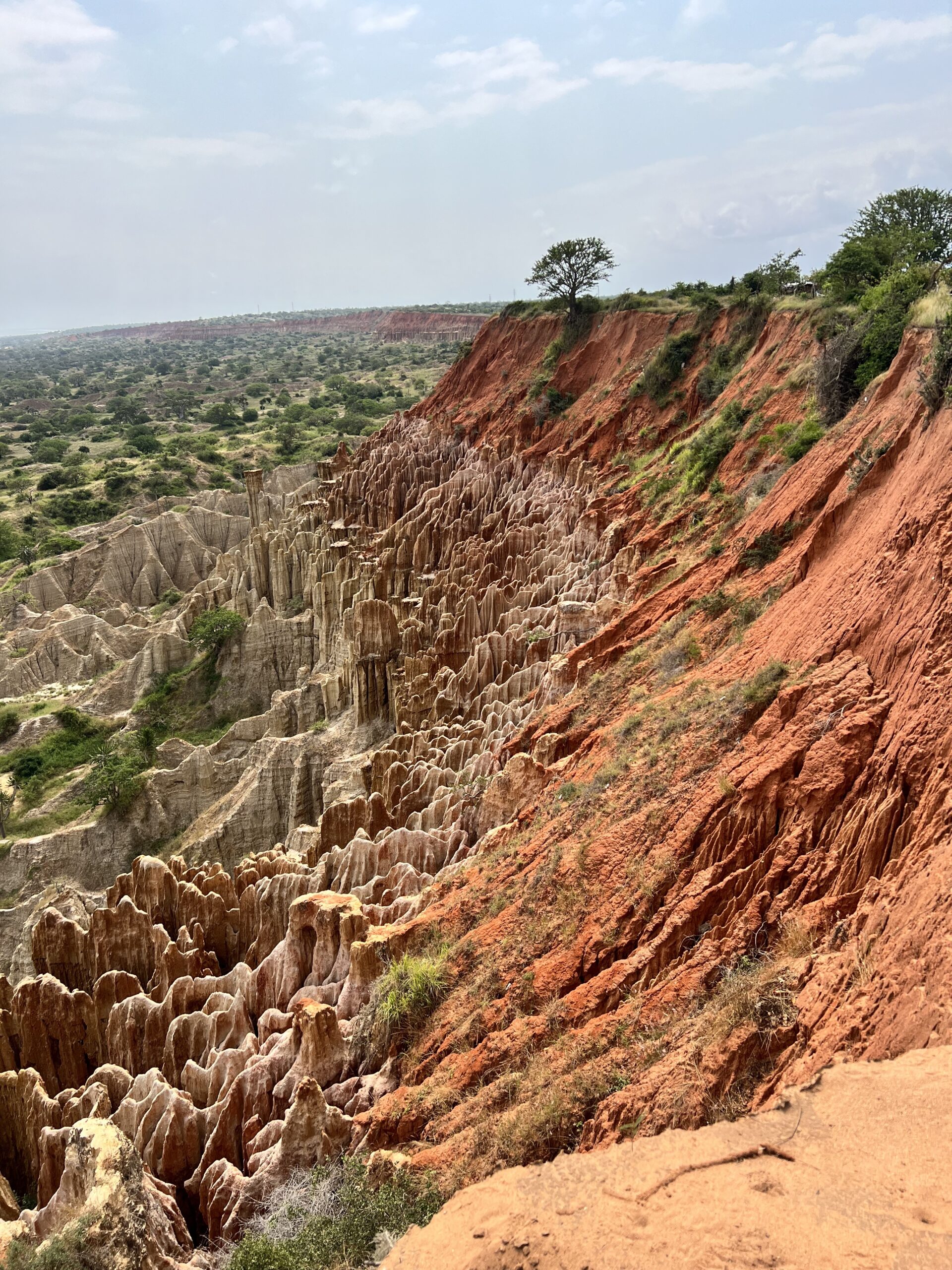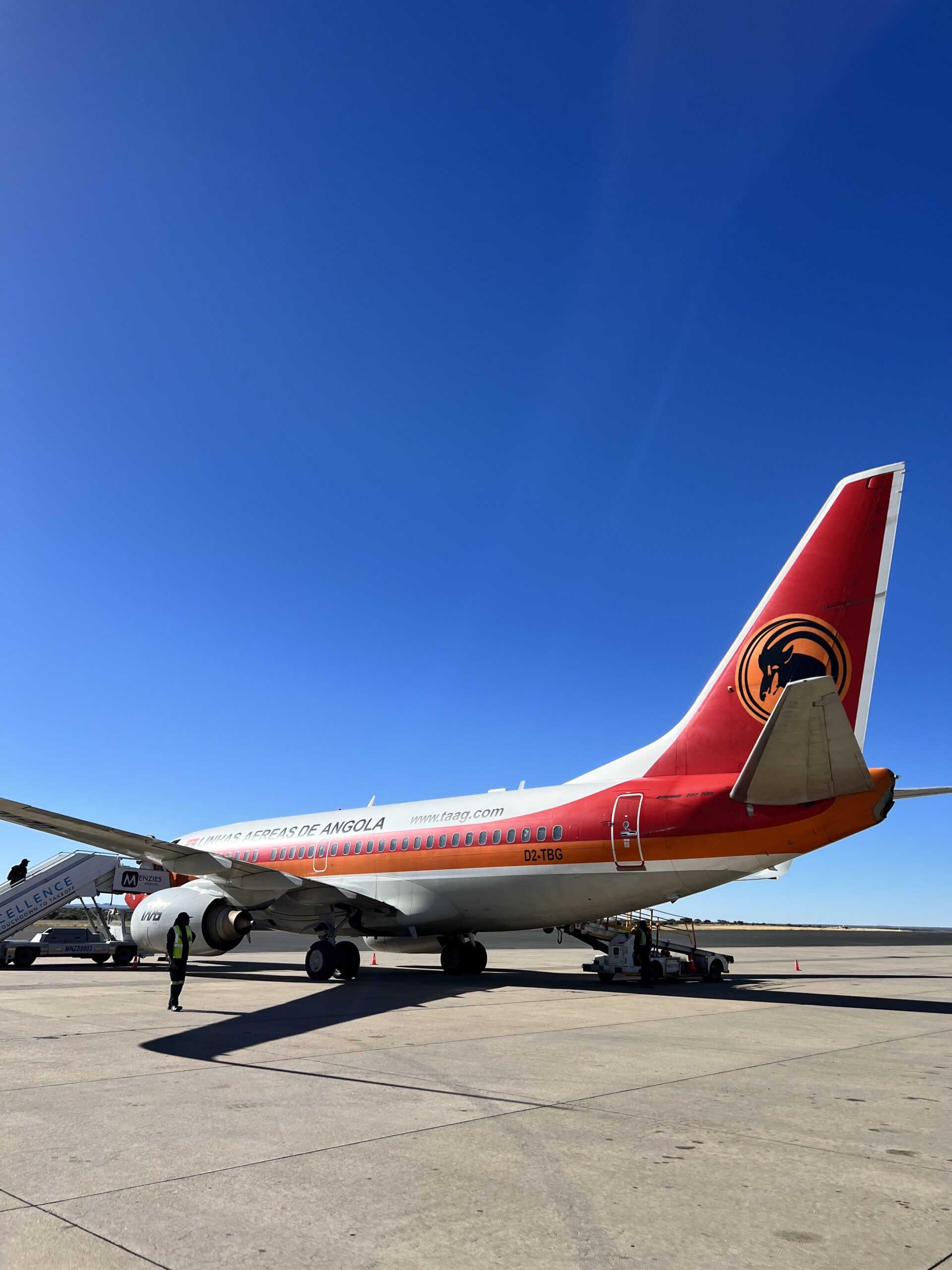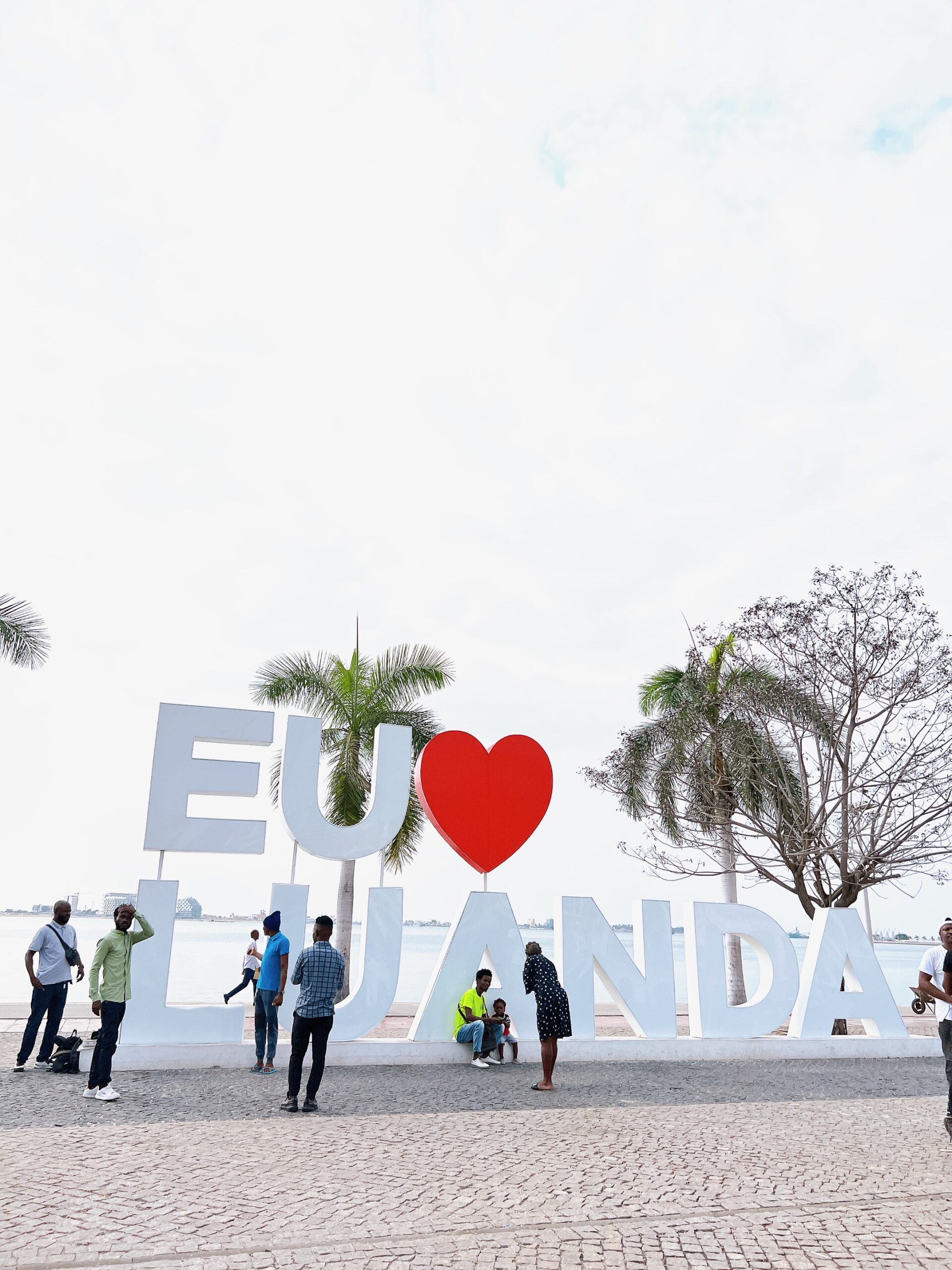
Traveling within Luanda city

Travel cheap with a candongueiro. White and blue vans—mostly Toyota HiAces—zip furiously along every road, avenue and alley, carrying millions of people to and from work and everywhere in between. These collective taxis are how most Luandans get around, at 150 Kwanzas (90 cents) per ride. If you want to catch one, study the routes in advance with an Angolan friend so that you know where to get on and off. They have no destinations written on them: the only way to know where they’re going is by listening to the bellows and shrieks of the taxi’s money handler. He’s called the cobrador and is your main point of contact.
Traveling out of the city


If you wish to visit other provinces, then a trip to the Bus terminal is needed, where they have Macon bus that goes outside of the city. The bus terminal is at Gamek, which is about 20 minutes outside of the city centre. I went there via Heetch, a ride-sharing platform that works in Luanda.

I had wanted to visit Viewpoint of the Moon (Miradouro da Lua) after seeing pictures of it online, and since it is just outside of the city, it seemed doable as part of a day trip or even just half a day. Most people who visit Kissama National Park would combine it with this Viewpoint of the Moon, where they stop there for a short while on the way back to the city.

About 25 miles (40km) outside of Angola’s capital city of Luanda lies an otherworldly landscape. Erosion from wind and rain over thousands of years has carved canyons and ridges out of weathered rock just footsteps off the main road. Miradouro da Lua, Portuguese for “Viewpoint of the Moon,” shows off different coloured strata of rock that wrap around an expansive panorama.


From the cliffside, you can see the unusual rock formations that diminish in size as they stretch to the sea. This is known as a karst landscape, which forms from slowly dissolved limestone and other semi-soluble rocks. The actual topography spans a few miles, following the same cliffs that separate the main road from the beach, but Miradouro da Lua is the best location to see the full splendor of the moon-like landscape.

The sharp ravines and striking geography are best viewed at sunset, when the fading sunlight paints them a bright, gleaming red. Miradouro da Lua’s beauty was further immortalised in the final scene of a 1993 film of the same name that examines the relationship between Angola and its Portuguese colonizers through the story of one family.
As I boarded the bus that headed to Porto Amboim (Cost: 5000 kwanzas = S$8), I had to follow the point on my Google maps. Most of the passengers on the bus were headed to Porto Amboim, a port town south of Luanda, which is 260km away and takes about 5-6 hours. Even though I am not headed that far, I still had to pay the same fee for the bus.

Nearing Miradouro da Lua, I told the bus driver to drop me off by the roadside and I walked in to the carpark (3 min from the main highway). I expected to pay an entrance fee but there was no one collecting it. Even the souvenir shops and information booth were closed, which shows how popular this tourist attraction is.

I only spent about half an hour here. There are barricades around the main area, so that you would not fall off the cliff. I did not see any marked hiking paths. There was an observation deck which has nice views of the ocean and also a large Angolan flag fluttering in the wind. I saw a busload of school students who went to this place on a field trip, and they looked at me as if I was an alien. I guess they are not used to seeing Asians around. There were some educational boards about saving and protecting marine life, but they were all in Portuguese.

On the way back, I managed to hitchhike back to Luanda city. I was standing by the roadside and being unsure of the bus schedules, I just waited for a car who would be willing to pick me up. After 15 minutes, a Toyota Hilux truck stopped and asked me where I was going. They did not speak English and there were also 3 other locals in the car, including one military officer. They chatted excitedly in Portuguese, and the woman beside me seems to come from the village.

When we reached the outskirts of Luanda city, the driver dropped me off at Benefica, where the lady also alighted. I helped her carry one whole gunny sack of food and she helped me to check with the candonguiero (which I needed to change twice in order to reach the city centre). It was 150- 200 kwanzas, so I had my coins ready and passed it to the conductor. The ride back was only $2 with the changing of the candongueiros. I thanked the locals for their help and that was how I had my mini hitchhiking adventure here in Angola. I wished I had more time in the country, as I really wanted to visit Kalandula Waterfalls, but I was not mentally prepared to endure an overnight bus and changing of local transport in order to reach the falls.


